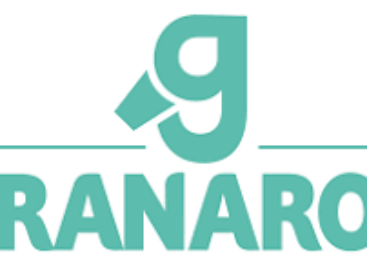New study claims print advertising delivers the best return on investment
In the fast-paced, digitally-driven world of advertising, the debate about the value of traditional media and digital channels is ongoing.

This article is available for reading in Trade magazin 2024/8-9
Impressive performance
A study by Thinkbox from the United Kingdom analysed advertising spend across 14 categories by 141 brands, totalling GBP 18bn in the UK. The results reveal that print advertising isn’t only effective in raising brand awareness, but also a great contributor to profit growth. A single pound invested in advertising generates an average profit of just over GBP 4, which of course varies across different media formats. The study points out that while television leads the way in terms of contribution to profit due to its share of advertising spend, print advertising generates the highest return. Despite representing only 3.3% of the advertising investment analysed, advertising in newspapers and magazines is responsible for 4.8% of the profit generated.
The main arguments for print:
– Increasing the share of print advertising in the media mix increases the overall profit of the campaign
– Return on investment is highest for print: print ads generate a profit of GBP 6.36 for every pound spent, outperforming linear TV and radio
– It is the largest relative contributor to profit: print represents 3.3% of total advertising spend but accounts for 4.8% of total profit generated.
– Scalable investment: print has a high saturation point, which allows it to increase investment without reducing returns. In this respect, it is second only to TV.
Sustained contribution to profit
The study revealed that 58% of the total profit generated by advertising occurred after the first 13 weeks. This highlights the long-term value of advertising investments, especially in traditional media such as print, which yields returns well beyond the immediate advertising period. Plus in terms of short-term returns (within 13 weeks), print advertising is the largest relative contributor to profits – this means that it is effective in both the short and long term. The study also examines the saturation point of different media channels.
It was found that print advertising has one of the highest saturation points, second only to television. Advertisers can therefore invest more heavily in print without diminishing r eturns. For advertising and media agencies, as well as advertisers, these findings are a call to re-evaluate the role of print in their media mix. The evidence presented in the “Profit Ability 2” report makes a strong case for integrating print advertising in the media mix. //
Related news
Aldi unveils Brussel Sprout flavour cocktail
🎧 Hallgasd a cikket: Lejátszás Szünet Folytatás Leállítás Nyelv: Auto…
Read more >Italy’s Granarolo expands in the UK
🎧 Hallgasd a cikket: Lejátszás Szünet Folytatás Leállítás Nyelv: Auto…
Read more >Unilever Agrees To Sell Snacking Brand Graze To Katjes International
🎧 Hallgasd a cikket: Lejátszás Szünet Folytatás Leállítás Nyelv: Auto…
Read more >Related news
The New Year’s Eve fireworks fair is back: temporary sales will start in department store parking lots at the end of December
🎧 Hallgasd a cikket: Lejátszás Szünet Folytatás Leállítás Nyelv: Auto…
Read more >The first Eastern European non-alcoholic beer turns 50
🎧 Hallgasd a cikket: Lejátszás Szünet Folytatás Leállítás Nyelv: Auto…
Read more >Sausage: pork prices are already going down, but they won’t be cheaper in stores – a significant correction may come in the spring at the earliest
🎧 Hallgasd a cikket: Lejátszás Szünet Folytatás Leállítás Nyelv: Auto…
Read more >






